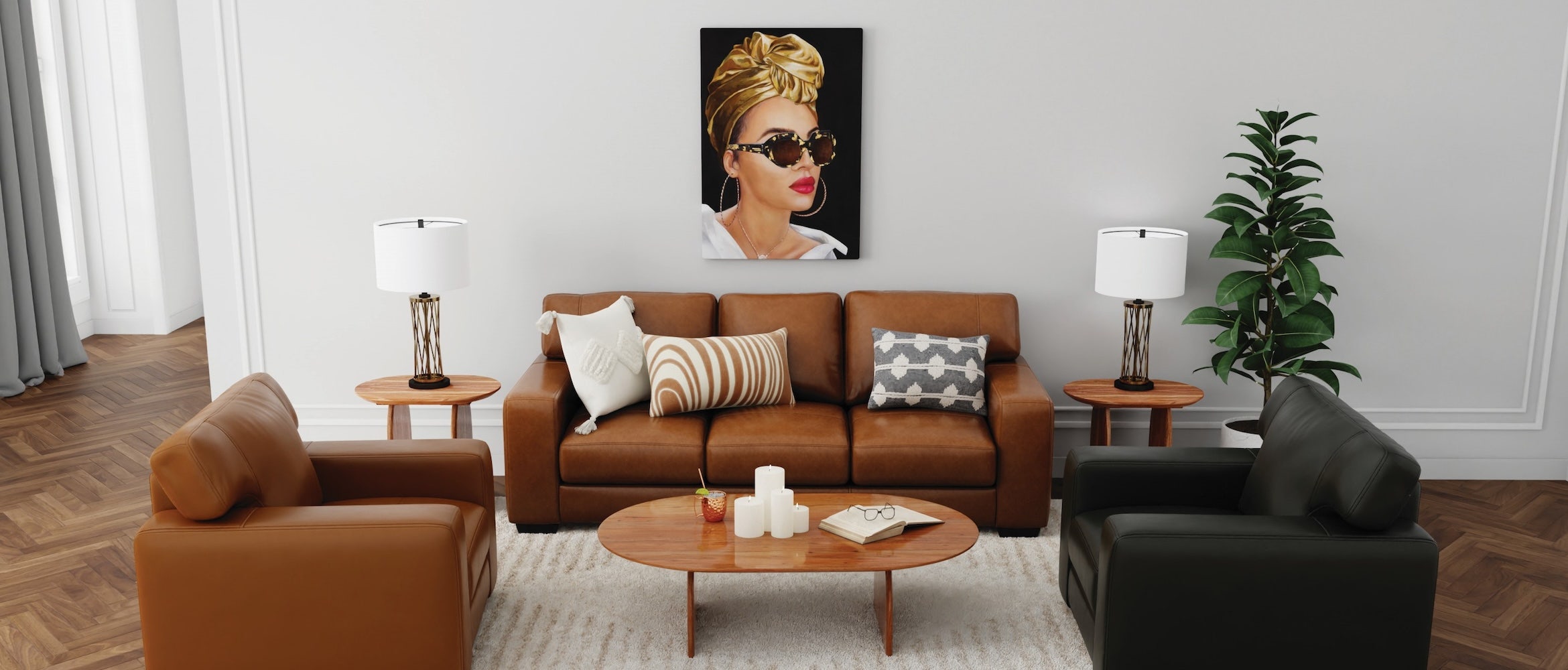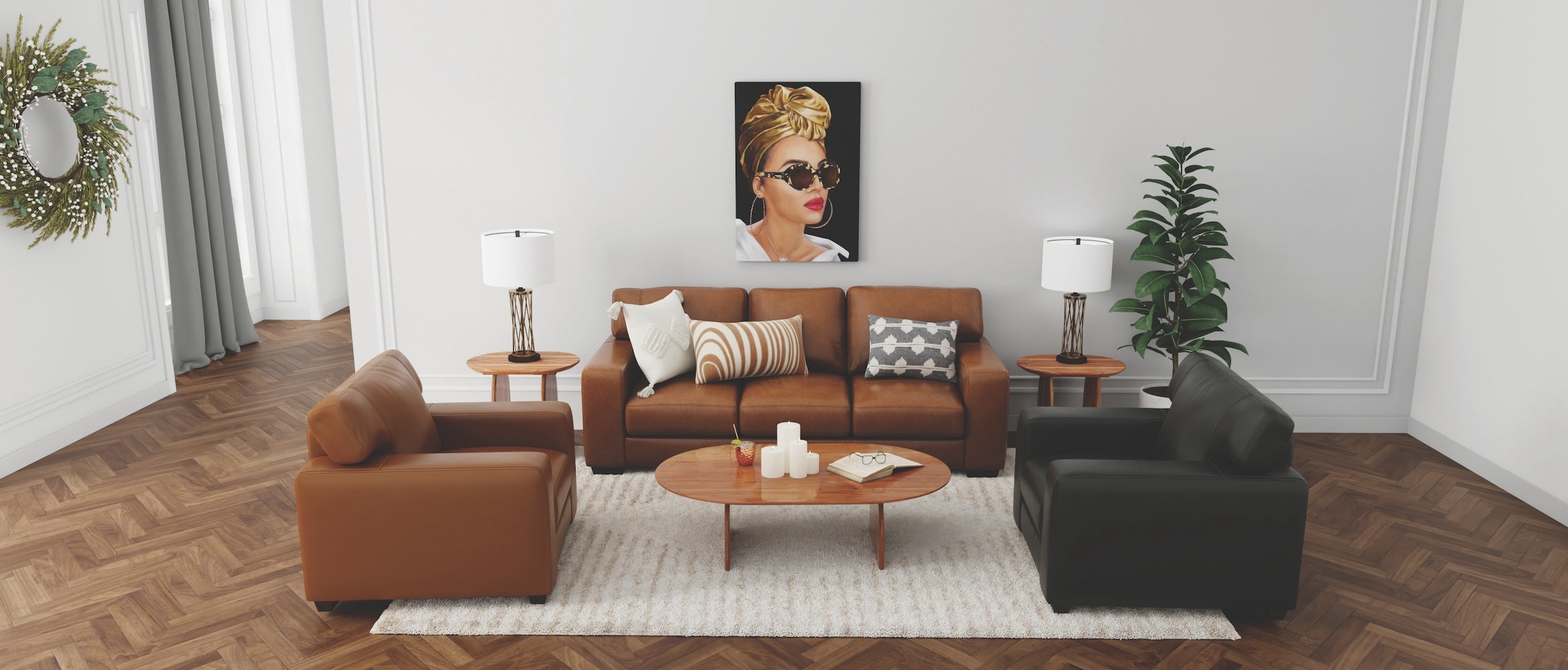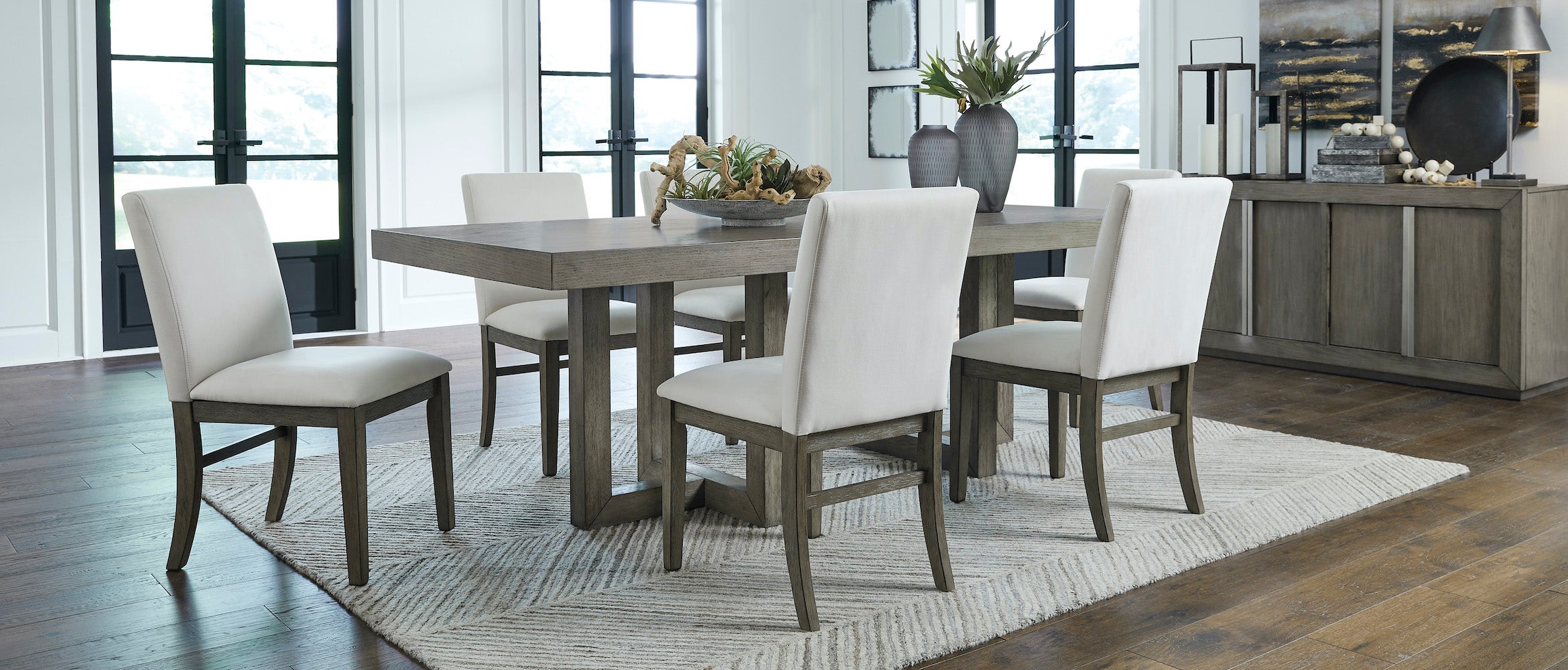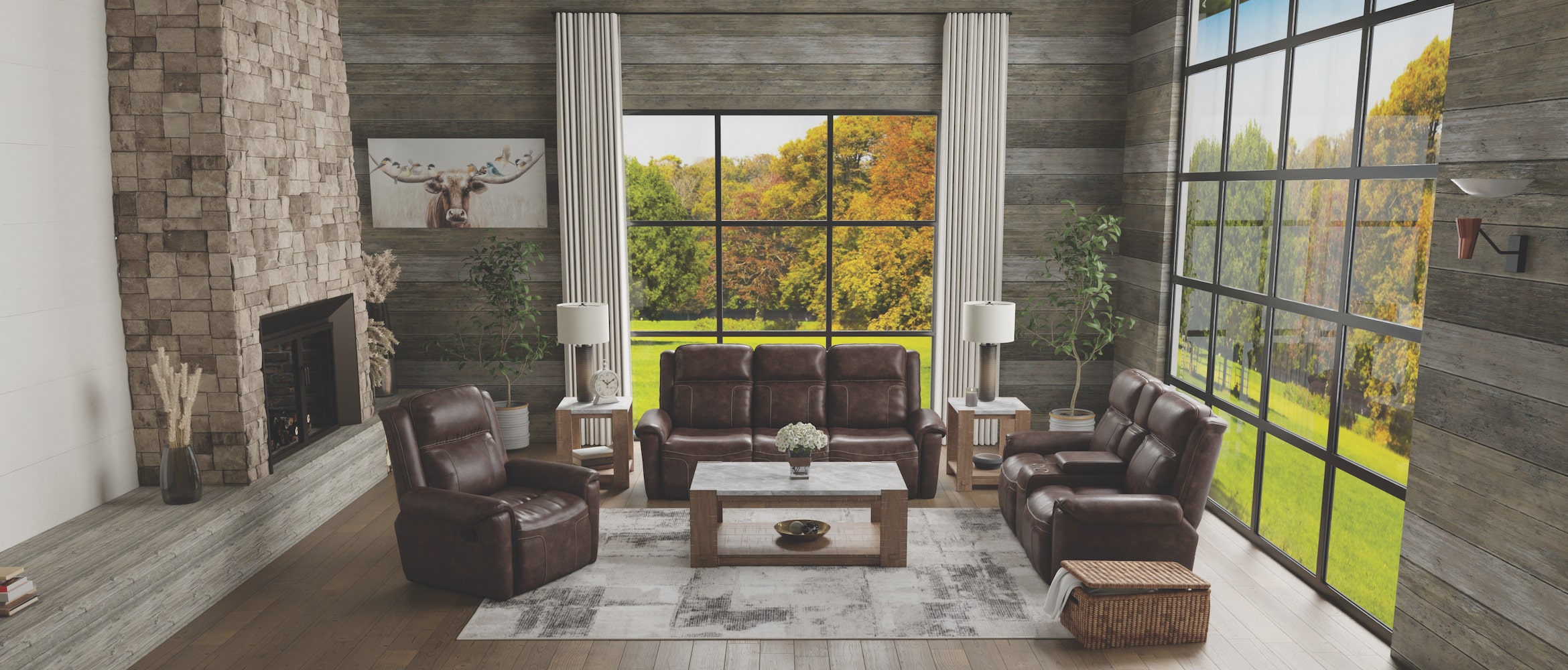TV shopping is tough these days, but this TV buying guide is here to help. You know that everything looks better on a better TV, but how can you find the right TV for you? With different display options and unfamiliar technology terms, it's easy to get overwhelmed. We’re here with our TV buying guide to help you decide.
WHAT YOU SHOULD CONSIDER FOR YOUR TV PURCHASE
Resolution
One of the most important things to consider when buying a TV is its resolution. This refers to how many pixels, or points of light, a screen has. Basically, the higher the resolution, the more details you will be able to see.
These days, most TVs support Full HD (high-definition), 4K, and 8K resolutions. Full HD (also known as 1080p) TVs have over 2 million pixels, while UHD (ultra-high-definition) 4K TVs have over 8 million pixels, and 8K TVs have over 33 million pixels.




Size
What is the screen size? TV screens are measured diagonally from one corner to the opposite corner. Bigger is better but when it comes to TV size the size of your room is important to pick the correct size for optimal viewing. The calculation for viewing distance to TV screens is a 2:1 ratio for a 1080P resolution and a 1:1 ratio for a 4K or higher resolution TV. A 60” 1080P TV would require 120” of viewing distance and a 60” 4K TV would only need 60” of viewing distance.
Refresh Rate: 60Hz vs 120Hz vs 240Hz?
A TV’s refresh rate refers to how many images a screen can display per second. Generally speaking, a high refresh rate will result in smoother motion, especially when watching sports or playing games on next-gen consoles, like the Xbox Series X and the PlayStation 5.
Ports and Connectivity
When buying a TV, you also need to make sure that it has the right ports. These high-speed connections support higher resolutions and faster refresh rates from your other devices. You’ll want at least 4 HDMI 2.0 or HDMI 2.1 ports. Get an HDMI cable worthy of your TV investment and see every single pixel replicated in glorious form.
If you use your TV for gaming or want a future-proof TV, you’ll want a TV with at least one HDMI 2.1 port.


GET SMART
A smart TV connects to the internet, allowing you to watch thousands of movies and TV shows on streaming services like Netflix, Prime, and more. You can also connect a smart TV to your smart speakers and use voice commands to change the channel, turn off your TV, and more.
FOR YOUR VIEWING PLEASURE
Wall mounts offer a safer alternative to a regular freestanding TV stand. Also, a great space saver and helps hide cable clutter. Depending on which version you choose it fully articulated arms allow for multiple viewing angles and the ability to adjust the TV height.
LISTEN UP
Give your TV sound a little boost with a SOUND BAR for that full home theatre experience you’ll love.


WHAT'S WITH ALL THE TV SHORT FORMS
LED
Light-emitting Diode TV uses filters to block or change the light of each pixel. LED TVs are the most common and budget-friendly models, and they can get very bright. However, they are also the worst at handling darker scenes, which can often appear washed out on an LED TV.
UHD
Ultra-high-definition television is also known as Ultra HD television, Ultra HD, UHDTV, UHD and Super Hi-Vision.
OLED
TVs are completely different from LED TVs because they don’t use a backlight. Instead, each pixel in an OLED TV can be turned on or off individually. This means you will get much darker blacks and a nearly perfect contrast ratio with an OLED display.
QLED
Stands for Quantum-dot Light-emitting Diode. A QLED display is just like a regular LED display, except that it uses ultrafine particles called "quantum dots" to super-charge the display's brightness and color.
HDR
High Dynamic Range adds details to the shadows and highlights of an image. That means you’ll get whiter whites, deeper blacks, and a wider range of colors compared to older displays with Standard Dynamic Range (SDR).












